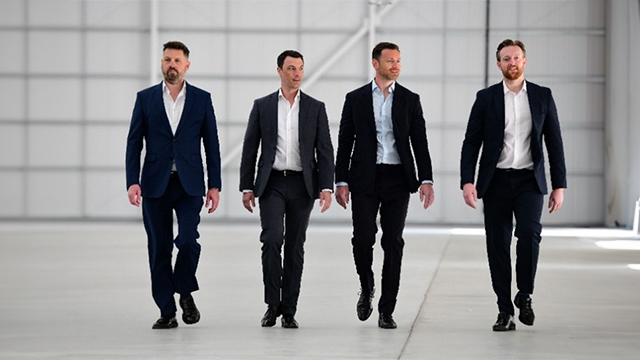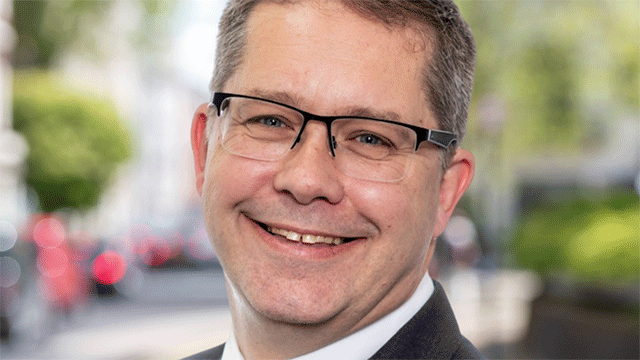Property investment income in Germany is predominantly tied to the cost of living index, with the result that the near zero inflation rate over the last few years has shown minimal increases in rental income. However, inflation is on the increase again, with the consumer price index up 2.7%.
But the centre-right coalition government is adamant on keeping inflation under control and has subsequently raised the discount rate from 4% to 4.5% and the Lombard emergency funding rate from 6% to 6.5%, the first rise since January 1989. This, it is hoped, will also reduce Germany’s embarrassingly large trade and current account surpluses.
Five-to-ten-year money for property finance is likely to cost around 7.75% for the foreseeable future.
Office rents everywhere in Germany are continuing to rise, while vacancy rates fall.
Frankfurt continues to lead the German cities with rents of DM 55 per m2 a month and a few lettings of smaller units concluded above that figured. Rents quoted for the new 70-storey, 62,000m2 MesseTurm project are DM 70 per m2 a month with discounts for the lower floors. Munich, with rental levels of DM 45 per m2, has almost doubled its index rating due to the vastly decreased vacancy rate. While Stuttgart, Dusseldorf and Hamburg have experienced steady rental increases, Cologne’s shows a steady decrease in the stock of office space, and with prime rental levels at only DM 22 per m2 is worth giving serious investment consideration.
Prime industrial rents in Germany vary from DM 6.50 per m2 in Cologne to DM 9.50 per m2 in Frankfurt and Munich. There is still a shortage of good modern high-tech space in most cities.
The retail rent league continues to be headed by Cologne with DM 280 per m2 followed by Dusseldorf (DM 260), Munich (DM 240), Stuggart (DM 220), Hamburg (DM 210) and Frankfurt (DM 200).
The latest players in the investment market include the Swedish property investment companies and institutions who are outbidding the domestic investors by taking aggressive views of future reversionary potential. The Japanese investors are seriously but quietly looking at the Frankfurt market and are likely to participate in joint ventures before embarking on their own.
An example of this philosophy has been demonstrated by Kajima’s acquisition of an equity share in the MesseTurm project.
The development market, although still dominated by local companies, has seen the entry of new players from Sweden, US and France, although the traditional Dutch and British developers continue to defend their market share. The latest trend is marked by an increasing development activity by the German institutions, in particular the cash-rich, open-ended funds who are finding it increasingly difficult to compete for the few existing institutional type of investments.
All indicators point towards a continuing and buoyant property investment market for the foreseeable future.










